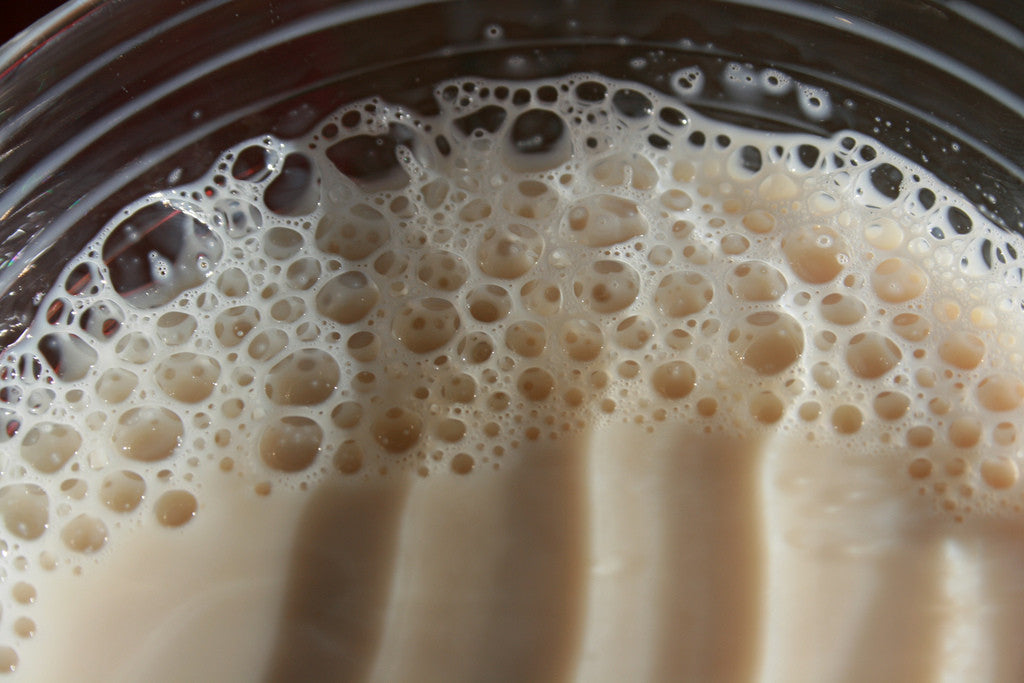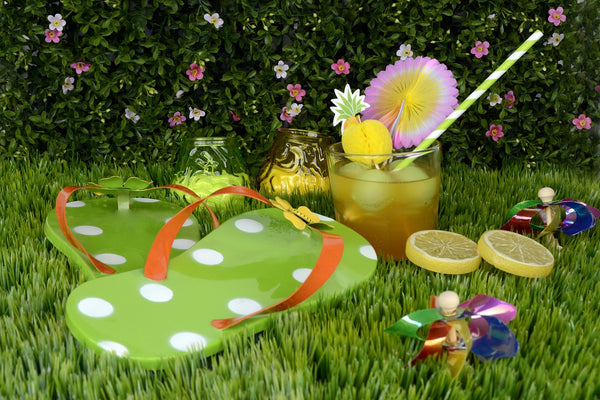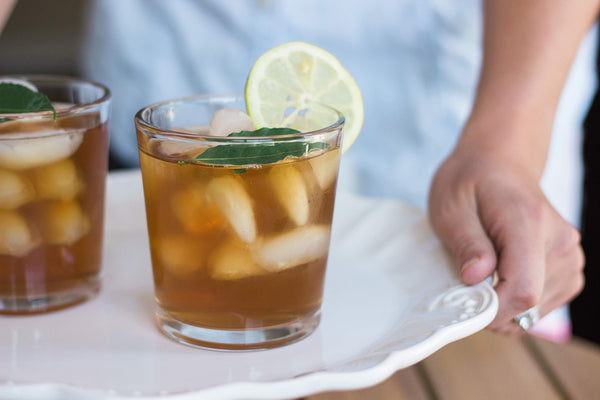
Hi Marcus! I'm an avid tea drinker (all day long) and prefer a black tea with milk and sugar most of the time. My problem is this...I don't care for dairy products and usually use soy milk, although not recommended. This works fine with Pu-erh, which is my go to tea, but find that the soy product separates in most other black and green teas. Firstly, I would be curious to know why and secondly, what suggestions and/or recommendations can you make?
- Sara Jo, West Hills California
When I was in culinary school, one of the first things that I learned to do was make hollandaise sauce. If you have never had it, hollandaise is a traditional French sauce that is thick and creamy and is often found in Eggs Benedict. When making hollandaise, you need to combine whipped egg yolks and hot butter. However, if you just simply dump the hot butter in with the eggs, the hot temperature of the butter will cause the eggs to cook and you will end up with scrambled eggs or “Scremba Egg,” as my teacher would say in his harmoniously thick French accent. The same thing happens when you use soy milk in tea. Since soy milk has a different molecular structure than cow's milk, it tends to separate a lot easier when exposed to heat and tannins.
Your soy milk separates due to a difference in temperature
The main cause of soy milk separation is the extreme difference in temperature. When you prepare your tea, you are combining boiling hot tea with ice-cold soy milk (since it is stored in the refrigerator). It is this extreme difference in temperature that causes your soy milk to turn lumpy. But, luckily there is a way to avoid this and it is a culinary technique that is called tempering.
Tempering keeps your soy milk whole and creamy
To temper your tea, first add a bit of soy milk to your cup, then add a bit of hot tea. Mix together and then add a bit more soy milk and tea. Keep doing this until your teacup is full. What tempering does is slowly adjust the temperature of the tea and soy milk mixture. When you simply mix them together, the difference in temperature is too drastic and the soy milk seperates. By slowly incorporating the soy milk with the tea, you gradually bring the temperature up, avoiding the “scrambled egg” effect.
Some soy milk will always separate
Not all soy milk is created equal. So, if you try this method and it doesn’t work, you may want to look for a different brand. If you do not want to go through the tempering process, you can try almond milk or rice milk assuming you cannot drink cow's milk.
Summary
Whether you are making hollandaise sauce or a simple cup of tea with soy milk, if you end up with a bunch of lumps it means you need to temper. So, instead of mixing everything all at once, just take in it mini steps and the end result should be smooth and delicious.
photo: www.flickr.com/photos/chaparral/3153537705
1 Response
Leave a comment
Comments will be approved before showing up.



Isabel Solano
January 01, 2017
Will warming up the soy milk help? It would be a much faster option than tempering